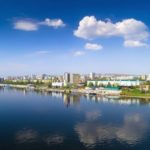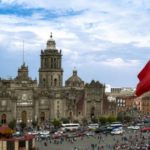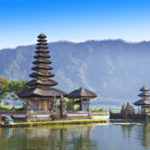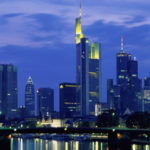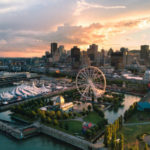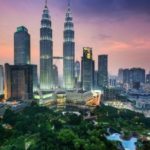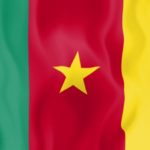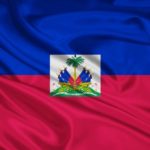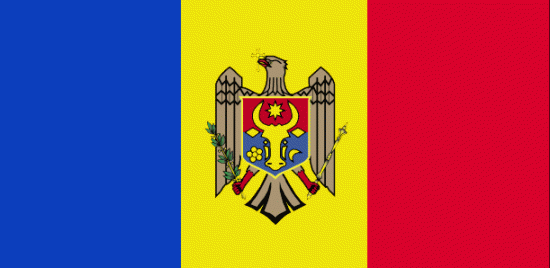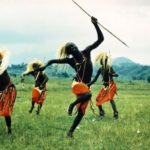Interesting facts about Indonesia
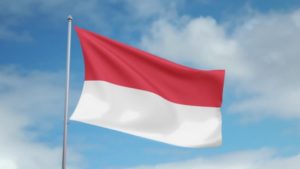 Indonesia … This word sounds mysterious, it feels the breath of the mysterious overseas exotics. And, by the way, not without reason – this will be confirmed by every tourist who has visited these regions. Indonesia can be called a country of contrasts – huge, sparkling skyscrapers of the city are neighbors with poor villages, the progress in which seems to have stopped half a thousand years ago. Words are difficult to convey all this – it must be seen with your own eyes.
Indonesia … This word sounds mysterious, it feels the breath of the mysterious overseas exotics. And, by the way, not without reason – this will be confirmed by every tourist who has visited these regions. Indonesia can be called a country of contrasts – huge, sparkling skyscrapers of the city are neighbors with poor villages, the progress in which seems to have stopped half a thousand years ago. Words are difficult to convey all this – it must be seen with your own eyes.
Indonesia holds the fourth place in the world in terms of population and the 14th place in terms of the size of its territory. This is the largest and most populous state in South-East Asia.
Indonesia is the largest island nation on the planet. It is spread over at least 17 508 islands, of which about 6000 people are inhabited. This is even more than in the Philippines.
Indonesia is the country with the largest Islamic population in the world (this religion is held by 88% of Indonesians).
The name “Indonesia” in literal translation from Greek means “Island India”.
The territory of modern Indonesia has become one of the first places on the planet where ancient people arranged their settlements. A reasonable man appeared in these places about 45,000 years ago.
In the 1960s, Indonesia began a fierce struggle with communism. The activities of the Communist Party were banned, and the victims of the subsequent campaign to destroy its supporters, according to various sources, were from 500,000 to 2 million people.
On the territory of Indonesia there are about 150 active volcanoes.
In the north of the Indonesian island of Sumatra, the largest volcanic lake on the planet is located – the depth of Lake Toba exceeds 500 meters, and its area is about 1145 square kilometers.
Flora and fauna of Indonesia are extremely diverse – although the country occupies only 1.3% of the world’s land, on its territory there are about 17% of all biological species of the Earth. By the number of species of animals and plants that live and grow on its territory, Indonesia is second only to Brazil. If we only consider the animal world, then there is no equal in the richness of the species of Indonesia. It’s only Costa Rica that can argue with it.
Indonesia is almost 60% covered by evergreen forests.
Indonesians communicate with each other in about 720 languages, while the state of them is only one.
Indonesia occupies the first place in the world for the production of coconuts, palm oil and cloves.
One of the main Indonesian attractions is the Buddhist temple of Borobudur on the island of Java. Inside the complex, built between 750 and 850, there are 504 Buddha statues and 1460 religious bas-reliefs.
The second attraction attracting crowds of tourists from all over the world is the Prambanan temple complex at the slope of the Merapi volcano. The monumental structure erected at the beginning of the 10th century consists of 4 tiers surrounded by four walls with 4 gates.
The island of Java, on which the Indonesian capital Jakarta is located, goes under water at a speed of about 10 centimeters per year.
Officially, Jakarta is not a city, but a province with the status of a capital, so it is governed by the governor, not by the mayor.
In the early 1990s, Jakarta authorities banned the entry of cars with less than 3 people into the city center. Local poor people began to earn additionally “hired passengers”, earning on this up to 15 dollars a day. Often, such passengers were women with young children, since it was cheaper than hiring 2 adults. In 2016, the ban was abolished.
In Indonesia there is a completely black breed of chickens called Ayam Zemani – these birds have not only black plumage, but also black insides and bones.
On the mountain Kemukus on the island of Java there was a temple, where thousands of Muslim pilgrims flocked daily. The purpose of their visit was to have sex with a stranger – it was believed that after that they will succeed in business. In 2014, the Indonesian authorities banned such a method of improving commercial grip.
The Indonesian Toradji tribe bury dead people in coffins made of wood that are suspended on rocks or placed in crypts carved in cliffs. The funeral at them turn into lush holidays with hundreds of invited guests.
